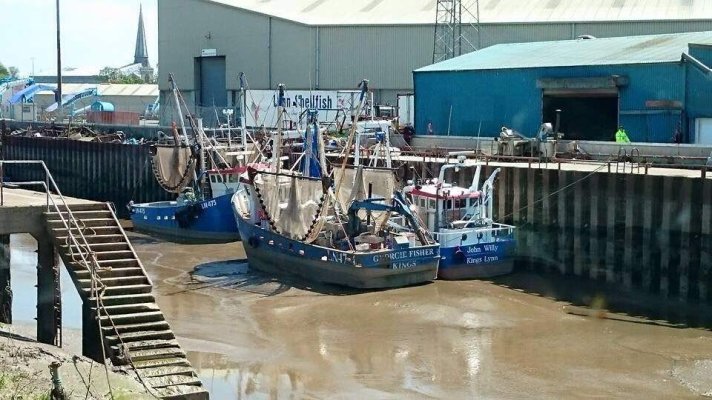roguewave
Guru
- Joined
- Jul 7, 2012
- Messages
- 642
- Location
- Texas
- Vessel Name
- bout’ time
- Vessel Make
- Grady White 282 Sailfish
New boat owner question...
I'm here in Portland Maine, got in a few days ago. The marina (slip) where I'm staying until October or so is very nice, quiet and has a beautiful view of the Portland skyline.
When we came in for the first time a few days ago at low tide we went aground as we were pulling into the slip. Since then I have noticed at max low tide I only have about 2 ft at the bow and 3.5 ft at the stern so that means at every low tide she will be sitting on bottom. I have not noticed it leaning at all and the bottom is soft mud. I know not to fire the engines at low tide. I draw 4ft 2 inch.
Thoughts
I'm here in Portland Maine, got in a few days ago. The marina (slip) where I'm staying until October or so is very nice, quiet and has a beautiful view of the Portland skyline.
When we came in for the first time a few days ago at low tide we went aground as we were pulling into the slip. Since then I have noticed at max low tide I only have about 2 ft at the bow and 3.5 ft at the stern so that means at every low tide she will be sitting on bottom. I have not noticed it leaning at all and the bottom is soft mud. I know not to fire the engines at low tide. I draw 4ft 2 inch.
Thoughts



 Just kidding....I'd get another slip, if possible.
Just kidding....I'd get another slip, if possible.



 It could work! I love it!
It could work! I love it!